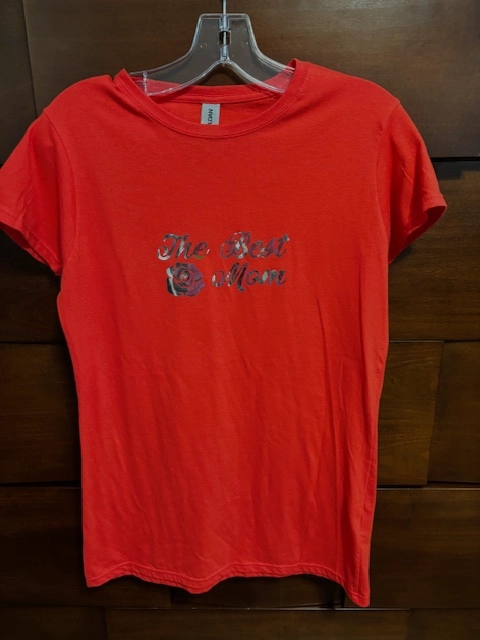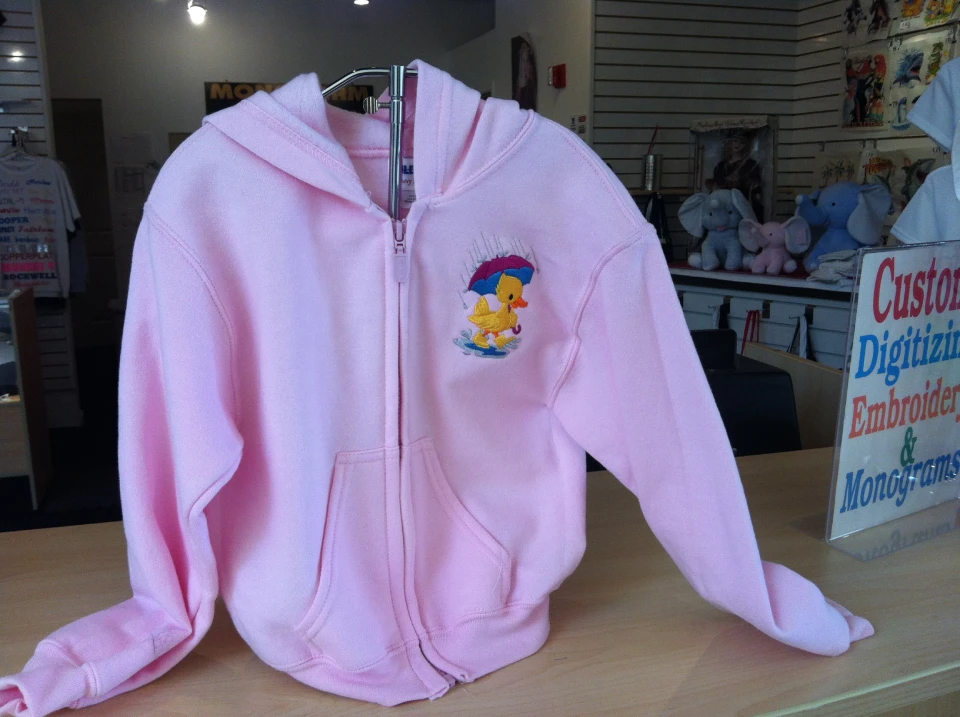Individualized Lab Coats with Embroidery for Medical Professionals
Individualized Lab Coats with Embroidery for Medical Professionals
Blog Article
The Art of Custom Embroidery: Opening the Tricks to Creating One-of-a-kind and Remarkable Layouts
Needlework, a craft soaked in tradition and virtuosity, holds within its complex stitches the power to transform fabric right into a canvas of distinct expression. The tricks to producing custom-made needlework styles that captivate the eye and leave a long-term impression depend on a delicate equilibrium of technique, imagination, and interest to detail. As we look into the world of custom-made needlework, we reveal the nuanced interplay between string option, stitch complexity, and design personalization that elevates a simple garment to a masterpiece. Join us on a trip with the art of custom-made embroidery as we untangle the mysteries behind crafting truly remarkable and unique productions.
Choosing the Right Needlework Threads
When choosing needlework strings, what essential factors should you consider to make sure the ideal outcomes for your customized designs? The choice of embroidery thread is important in figuring out the last outcome of your stitched layout.
Thicker threads can add dimension and appearance to your design, while finer threads are suitable for elaborate information and little text. In addition, thinking about the shade fastness and washability of the string is vital to ensure that your custom styles maintain their high quality and vibrancy over time.
Checking Out Different Stitch Techniques
To explore the realm of 'Discovering Different Stitch Techniques', one must realize the details and nuances that each stitching method offers the art of embroidery. Different stitch methods not just include visual passion but likewise add to the total structure and dimension of the style. One popular stitch method is the satin stitch, which entails very closely packed parallel stitches to produce a smooth and glossy surface area, perfect for completing shapes and developing bold details.
On the various other hand, the backstitch is a flexible strategy commonly used for detailing and adding great details. It entails stitching in reverse to produce a solid line of embroidery. In addition, the French knot stitch includes a tactile element to designs, excellent for developing textured accents like blossom centers or ornamental touches.
Exploring different stitch techniques permits embroiderers to have fun with light, shadow, and depth within their layouts, raising the aesthetic appeal and creative top quality of their needlework projects. By grasping numerous stitching approaches, one can unlock endless opportunities for producing unique and remarkable custom-made embroidery pieces.
Incorporating Personalized Design Components
Having discovered the intricacies of different stitch methods such as the satin stitch, backstitch, and French knot, the emphasis now moves in the direction of incorporating individualized design aspects in personalized embroidery jobs. Individualized design elements play a vital role in making embroidery jobs absolutely unique and unforgettable.
One more means to integrate personalized design aspects is by consisting of icons or motifs that hold unique significance to the recipient or mirror their passions and personality. For instance, integrating a preferred blossom, animal, or hobby-related icon can make the needlework style more purposeful and customized. Additionally, choosing colors that resonate with the recipient or straighten with the designated motif can better improve the personalization of the needlework project.
Mastering the Art of Shade Coordination

One key element of shade control is understanding color theory. This consists of understanding how various shades interact with each other, the feelings they share, and just how they can be incorporated to create aesthetically appealing layouts. By applying color theory concepts, embroiderers can develop harmonious shade schemes that boost the total appearance of the design.
Additionally, focusing on comparison is critical in shade coordination. Utilizing contrasting shades can help particular elements of the layout pop, improve readability, and produce an aesthetically dynamic embroidery piece. By mastering the art of color coordination, Web Site embroiderers can raise their designs and develop memorable items that resonate with clients and visitors alike.
Enhancing Appearance With Advanced Needlework Stitches

French knots, as an example, are best for adding tiny, increased dots to your design, imitating the look of beads or creating a distinctive surface area. Bullion knots, on the other hand, can be used to create twisted, ropelike elements that add an elegant feeling to the embroidery. Seed stitching entails tiny, scattered stitches that can fill up in areas with a speckled texture, while turkey job develops fluffy, dimensional accents evocative pet hair or foliage. Try out these innovative needlework stitches allows you to press the borders of standard needlework and develop really one-of-a-kind and aesthetically attractive textures in your layouts.
Final Thought
Finally, the art of custom-made needlework includes a mix of selecting More Bonuses the ideal strings, checking out numerous stitch methods, integrating individualized design elements, understanding color sychronisation, and enhancing structure with innovative stitches. By understanding and applying these crucial elements, embroiderers can produce special and remarkable designs that showcase navigate to these guys their creative thinking and ability. Needlework lovers can open the keys to creating lovely and bespoke pieces that attract attention and leave an enduring impact.
Report this page